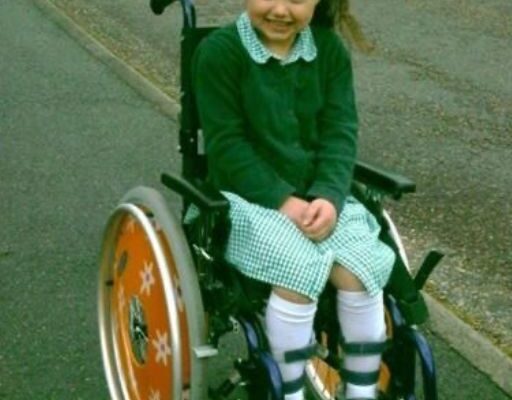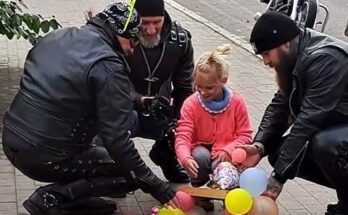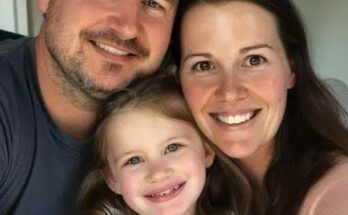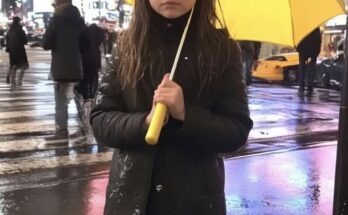She entered our classroom on a quiet Wednesday morning, dressed in a bright green outfit that stood out from our plain uniforms. Her hair was neatly tied back, and her wheelchair shimmered with sun-colored wheels. Braces supported both her legs, but she moved with a calm confidence that turned heads.
At first, everyone acted overly cautious—speaking gently, offering awkward smiles, unsure how to interact. I decided not to tiptoe around her. “Where are you from?” I asked casually. She looked at me with a knowing smile. “You already know,” she said.
I blinked. “I don’t,” I replied.
Then she said my name—“Eleanor”—with a familiarity that startled me. “Do you remember me?”
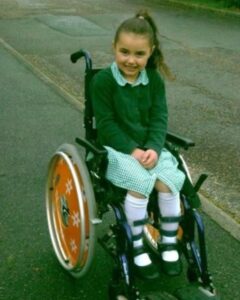
I didn’t. Her face sparked no memory, but something in her eyes made me pause. “It’s okay,” she said kindly. “It’s been a long time. You were very little when we last saw each other.”
Her name was Violet. Unlike everyone else, she never made me feel awkward or uncertain. And because of that, I stopped seeing her wheelchair before her personality. We became friends—quietly, naturally. I helped push her chair at lunch, carried her books, and we spent afternoons talking under the sun.
She was clever and funny in a subtle way, with a way of noticing things others missed.
One afternoon, while helping her with math homework, I groaned, “Why do we even need this stuff?”
She gave me a thoughtful look. “You really don’t remember, do you?”
I was confused. “Remember what?”
She paused, then said softly, “We were close once. Not just in this life, maybe… but in another time. Something separated us.”
I almost laughed, but her calm tone made me stop. There was something about her words, something that felt strangely familiar.
Over the next few weeks, she shared more. She told me about a difficult time she had gone through, how life had changed, and how she found strength by learning to see things differently. Her story was about resilience—but also about something deeper.
One day, as we waited for the bus, I noticed a faint symbol on her wrist. A chill ran through me. I’d seen that shape before—in a dream I’d had years ago, one that never left me.
“Where did you get that?” I asked.
Her smile grew. “That’s the key. It connects us. You’re starting to remember.”
And I was. Not everything. Just feelings, glimpses—a sense of connection that ran deeper than memory.
“I think I remember,” I whispered.
She nodded. “The world needs people who care. People who are willing to see the truth beneath the surface. That’s us.”
Before I could ask more, a black car pulled up. A tall man stepped out and said gently, “Violet, it’s time.”
Her expression changed. The lightness in her face gave way to something more serious. She turned to me. “This is where our paths part—for now. But you’re ready. You’ve always been.”
“Where are you going?” I asked, unsure why I felt so shaken.
“I’m not going anywhere. You are. You have a role to play. I just came to remind you.”
And just like that, she was gone.
In the days that followed, I couldn’t stop thinking about her words, the dream, the symbol. I didn’t have all the answers, but I felt a new sense of direction—like a part of me had woken up.
Maybe Violet didn’t just remind me of the past—maybe she helped me see the future. And though I didn’t know exactly what lay ahead, I was finally ready to find out.
